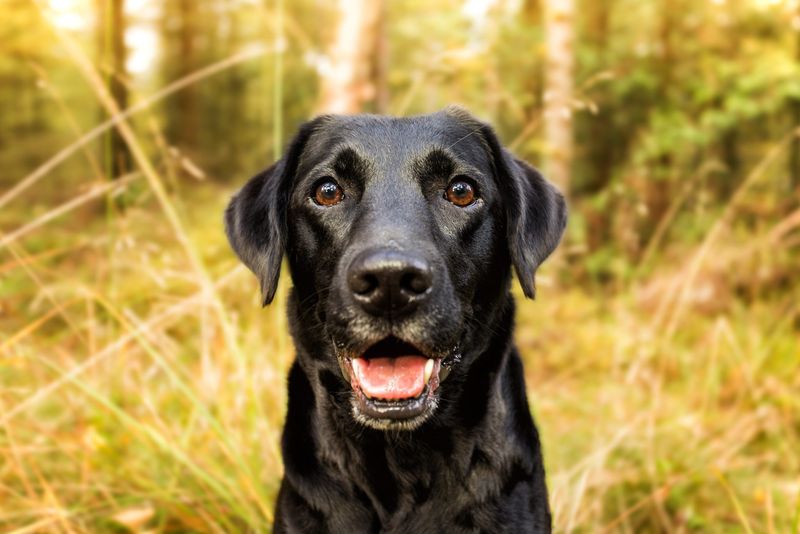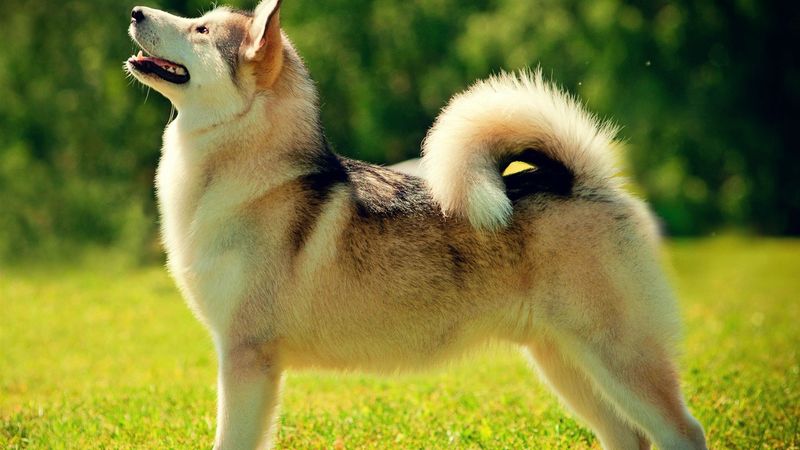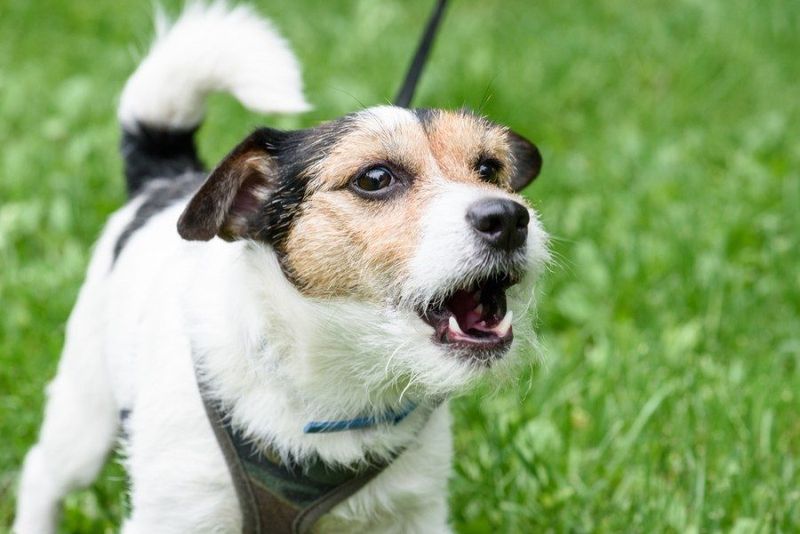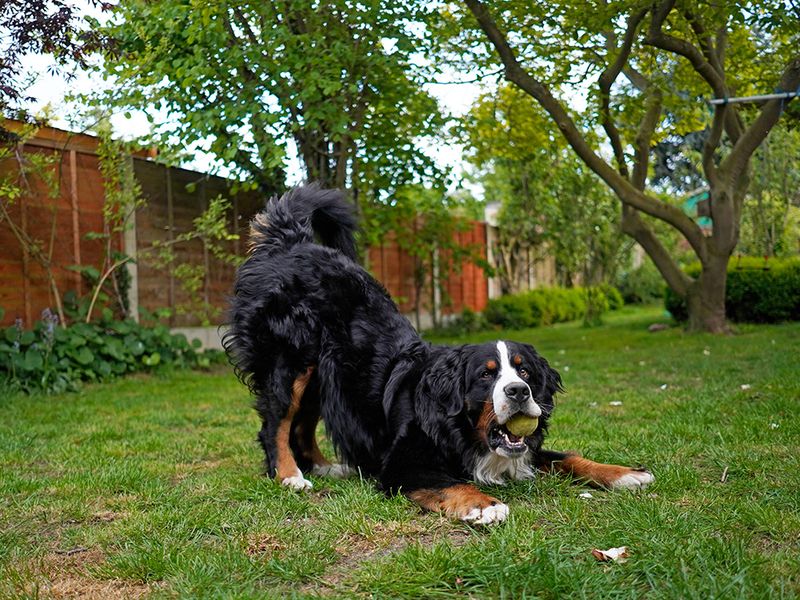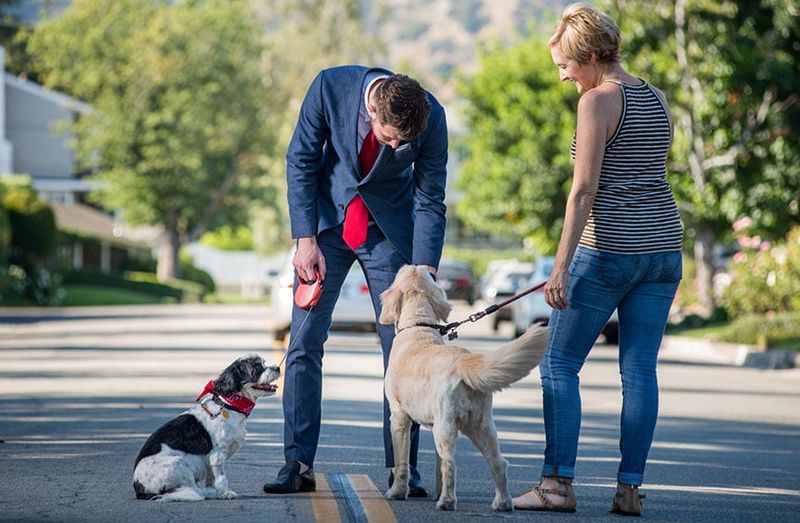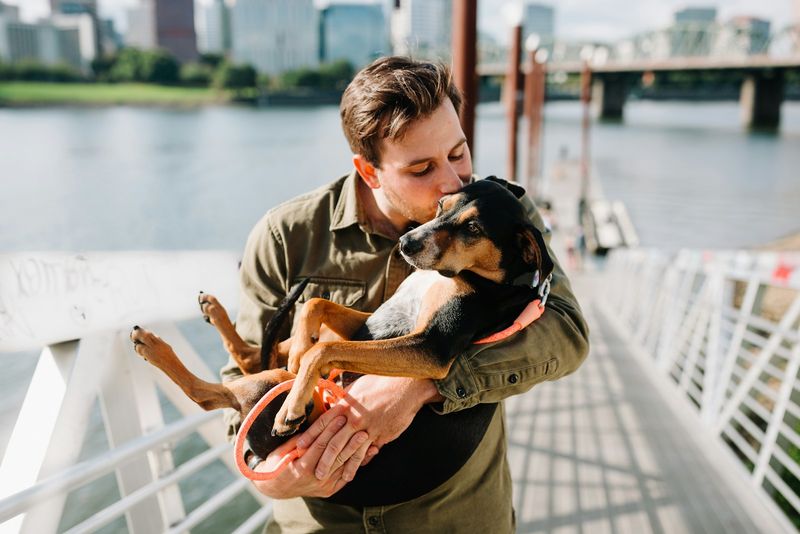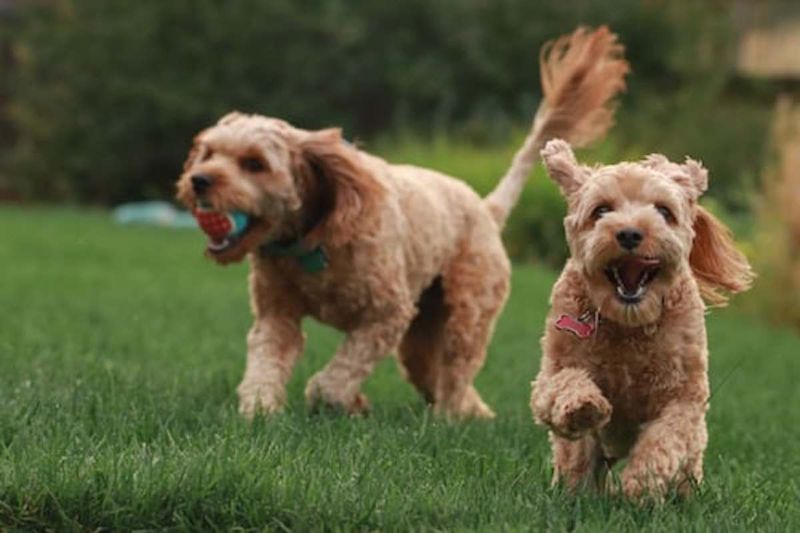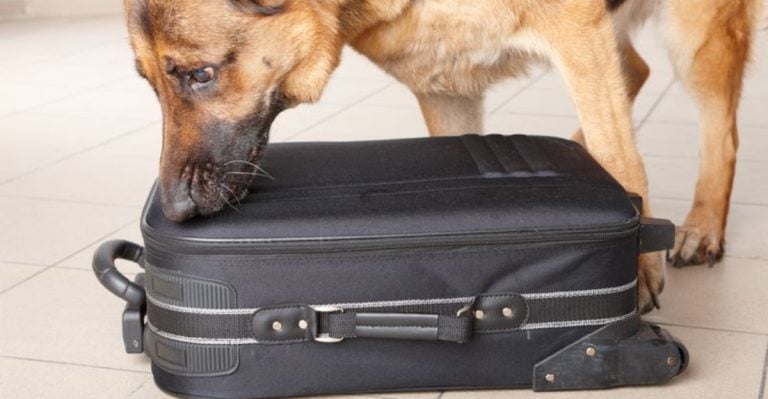10 Ways Dogs Are Better at Communicating With Humans Than Cats
We love our pets for all kinds of reasons—companionship, loyalty, snuggles, and yes, those quirky little habits that make us laugh or melt.
But when it comes to understanding what they’re actually trying to tell us, dogs often seem like open books while cats… well, they’re more like cryptic poetry.
Let’s be honest—if you’ve ever owned a dog, you’ve probably had entire “conversations” with them using nothing but facial expressions, tail wags, and a few well-timed head tilts.
Dogs have evolved to be remarkably expressive animals, capable of mirroring human emotions, signaling their needs, and bonding through body language in ways that are often crystal clear.
Even your neighbor’s dog seems to say, “Hi, I love you, throw the ball!” with nothing more than a look and a wiggle.
Cats, on the other hand, are masters of mystery. They communicate, no doubt—but it often takes a bit of decoding. A flick of the tail, a slow blink, or a sudden sprint across the room at 3 a.m. can all mean wildly different things.
And good luck figuring out which one means “feed me” versus “leave me alone forever.”
This isn’t to say cats are bad communicators—they’re just subtler, more selective, and, dare we say, a bit snooty about how and when they choose to reveal their feelings.
But if you’re looking for overt expressions, emotional transparency, and unfiltered enthusiasm, dogs undeniably lead the pack.
In this article, we’ll break down the 10 key ways dogs out-communicate cats—and why their expressive nature has earned them the title of man’s best (and most emotionally available) friend.
1. Facial Expressions Are Easier to Read
A dog’s face is like a constantly updating emotional dashboard. Raised brows? Curiosity. Tongue lolling and eyes half-shut? Pure joy. Even subtle changes—like a furrowed brow or perked-up ears—give you an instant read on what they’re feeling.
Cats, by contrast, are far more understated. Their expressions can be incredibly nuanced and often misunderstood.
A relaxed feline might look annoyed. A wide-eyed cat might be excited—or on high alert. You really have to know the individual cat to decode their poker face.
2. Tail Wagging Speaks Volumes
Few things are as iconic as a happy dog wagging its tail like a metronome of joy. The direction, speed, and height of a dog’s tail can communicate everything from excitement to fear to focused intent.
Cats use their tails too, but it’s not always clear what they mean. A twitch could signal hunting mode—or irritation. A puffed-up tail might mean fear, or just a reaction to a draft. Dog tails are communicative; cat tails are cryptic.
3. Vocal Variety and Intensity
Dogs don’t hold back when they’ve got something to say. Barking, whining, growling, howling—each sound has layers of emotion behind it. Some breeds even seem to talk back in long, drawn-out vocalizations.
Cats mostly stick to meows and purrs. While there are differences in tone and pitch, they’re more reserved.
You often have to rely on context to interpret their vocalizations. Dogs are far more likely to announce their needs; cats prefer subtle hints.
4. Body Language Is Bold and Obvious
A dog doesn’t just walk into a room—they make an entrance. Whether it’s a playful bow, an excited bounce, or a dramatic flop onto their back, dogs use their whole body to get your attention.
Cats are more like stealthy ninjas. They’ll slink past you, flick a paw, or curl into a tight loaf—quietly signaling things without fanfare. While cats certainly use body language, dogs practically narrate their every move with full-body flair.
5. Eye Contact to Build Connection
When a dog locks eyes with you, it’s like they’re trying to read your soul—or maybe just ask for a snack. Eye contact is one of their favorite tools to bond, seek reassurance, or gauge your mood.
Cats, however, tend to be more cautious. A direct stare can be considered a challenge in feline language. The slow blink is their version of a hug, but it’s so subtle that many owners miss it entirely. Dogs make it obvious—they want that connection.
6. Social Signals Toward Strangers
A dog’s approach to strangers is like watching someone work a room at a party. Tail wagging, friendly barks, maybe even a playful jump—it’s usually clear if they’re excited, nervous, or protective.
Cats are more elusive. They’ll either vanish, hover from afar, or cautiously approach and immediately retreat.
It’s much harder to read their comfort level. Dogs wear their social intent on their sleeves, while cats keep theirs tucked under a fur-lined cloak of mystery.
7. Physical Affection with Purpose
Dogs are touchy-feely by nature. A nuzzle, paw tap, or full-on body lean all say, “I’m here and I love you.” Their affection is active and deliberate—more like a conversation than a gesture.
Cats show affection too, but it’s often more passive. Rubbing against your leg, curling next to you, or blinking slowly from across the room is their way of connecting.
Dogs, on the other hand, will happily bulldoze into your personal space to make their point.
8. Responsiveness to Human Emotions
Dogs are emotional mirrors. If you’re sad, they’ll sit quietly beside you. If you’re excited, they’ll bounce off the walls. Many even learn to respond to human tears, tone shifts, or body posture without needing verbal cues.
Cats can also sense emotions, but their responses are harder to interpret. They may vanish when you’re upset—or suddenly become clingy. There’s less consistency. Dogs not only notice your emotions, they react to them in clear, comforting ways.
9. Eager Participation in Human Rituals
Dogs thrive on routine and pick up on your habits quickly. Grabbing your keys? They’re already at the door. Pull out the leash? They’re spinning in circles. Their behavior signals what they want—walks, food, playtime—loud and clear.
Cats might recognize your routines, but they don’t tend to actively engage with them. They’ll watch from a distance, maybe appear at mealtime like royalty summoned to court. Dogs want in on the action. Cats just want the end result.
10. Interactive Play Signals
When a dog wants to play, there’s no mistaking it. Tail high, head down, bum wiggling—it’s a universal dog-language invitation to have fun. They’ll even bring you toys and drop them at your feet like a toddler demanding attention.
Cats? They’re sneakier. They’ll initiate play by darting out from behind the couch or silently stalking your toes. It’s effective but far less obvious. Dogs send a formal RSVP to playtime. Cats leave a cryptic note and vanish into the shadows.

